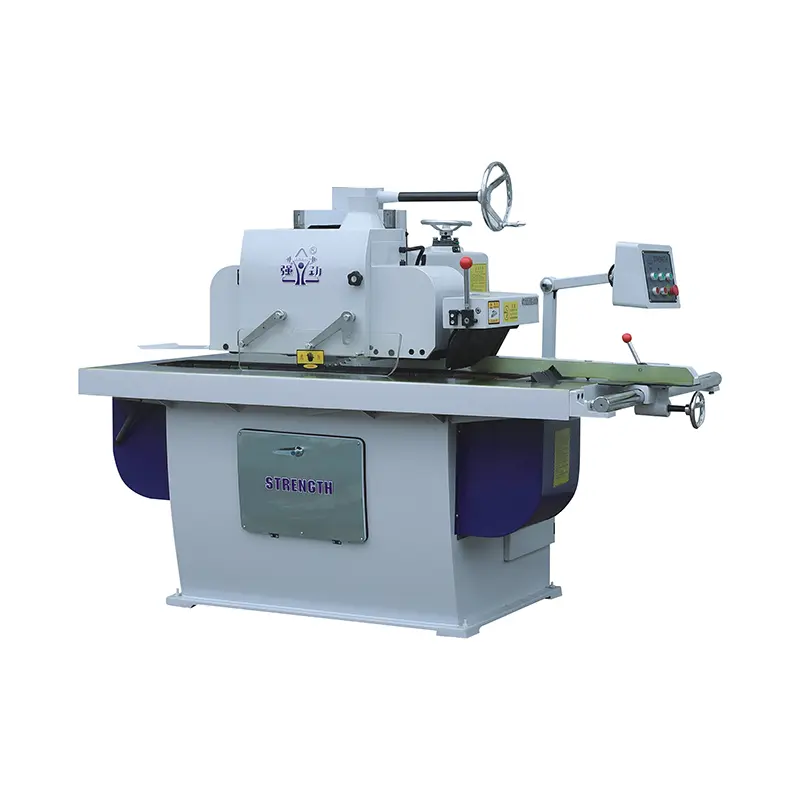The straight blade saw is a powerful and versatile tool used by woodworkers to cut wood along the grain. It’s a must-have piece of equipment in any woodworking shop, and when used correctly, it produces precise, clean cuts. In this article, we’ll discuss how to properly use a linear blade saw to ensure safety and efficiency on your woodworking projects.
Safety first
Before using a straight blade saw, it is important to prioritize safety. Always wear appropriate personal protective equipment, including goggles, ear protection and gloves. Make sure the saw is properly grounded and the work area is well lit and free of any obstructions. Also, familiarize yourself with the saw’s safety features and emergency shutdown procedures.
Set up the saw
Proper settings for your linear blade saw are critical to achieving precise and consistent cuts. First make sure the saw blade is sharp and in good condition. Adjust the blade height and fence position according to the thickness of the wood you want to cut. It is important to align the fence parallel to the saw blade to prevent binding and kickback during the cut.
Choose the right blade
Choosing the right blade for the type of wood and cut required is crucial to getting the best results. Different blades are designed for specific applications, such as ripping or cross-cutting. Make sure you choose a blade with the appropriate tooth count and tooth configuration for the task at hand.
Place the wood
Before making any cuts, carefully place the wood on the saw table. Make sure the wood lies flat against the fence and table to prevent any movement during cutting. Use a push bar or push block to guide the wood through the saw, keeping your hands a safe distance from the blade.
Start the saw
Once everything is ready and the wood is positioned correctly, start the saw and bring it to full speed before making any cuts. As you feed the wood into the saw, always hold the wood firmly and keep it in contact with the fence. Do not force the wood through the blade; instead, let the saw do the work at a steady and controlled speed.
Keep it straight
When you feed the wood into the saw, it’s important to keep a straight line consistent. Keep your eyes on the cutting line and guide the wood steadily to prevent deviation from the desired path. Avoid twisting or lifting the wood during cutting as this may result in uneven cuts and present a safety hazard.
Monitor the cutting process
Throughout the cutting process, pay close attention to the sound and feel of the saw. If you notice any unusual vibration, noise, or resistance, stop the saw immediately and inspect the blade and wood for any potential problems. It is important to resolve any issues promptly to prevent accidents and ensure cut quality.
Clean up
Once the cut is complete, turn off the saw and allow the blade to come to a complete stop before removing the wood from the table. Remove all wood debris from the saw table and surrounding area to maintain a clean, safe working environment. Store the saw blade and any accessories properly to prevent damage and ensure its longevity.
In summary, a straight blade saw is a valuable tool for woodworking projects, but it must be used with caution and attention to detail. By following proper setup, safety and operating procedures, you can achieve precise and consistent cuts while minimizing the risk of accidents. Before using a saw to perform any woodworking task, always prioritize safety and take the time to familiarize yourself with the features and functions of the saw. With the right technique and precautions, a linear blade saw can be a reliable and efficient tool in your woodworking arsenal.
Post time: May-13-2024

